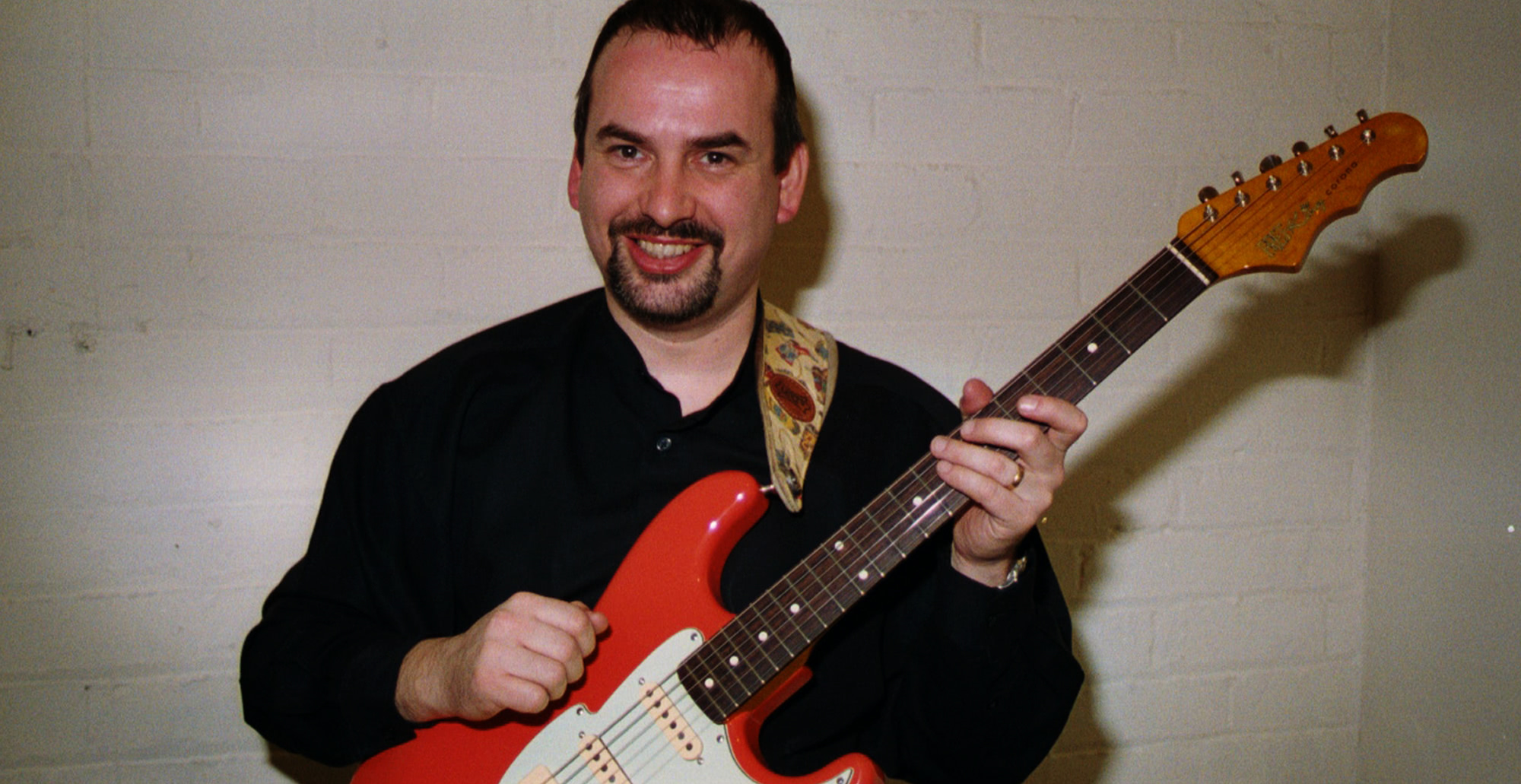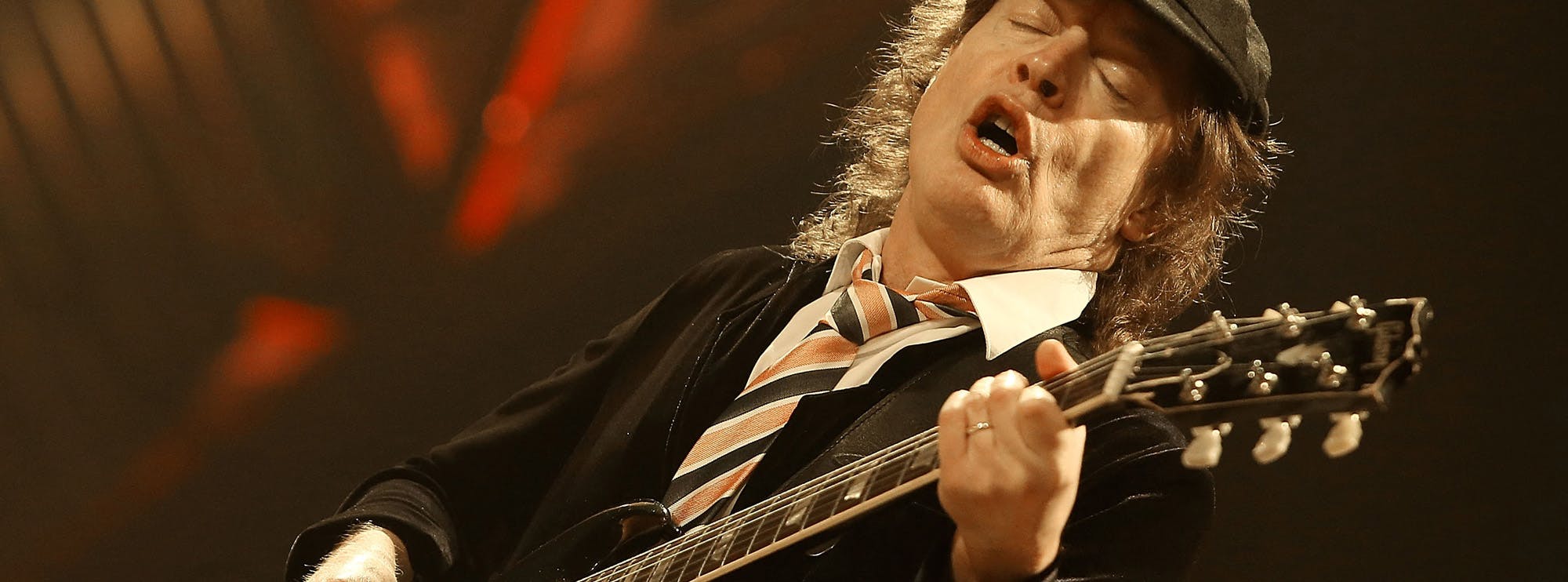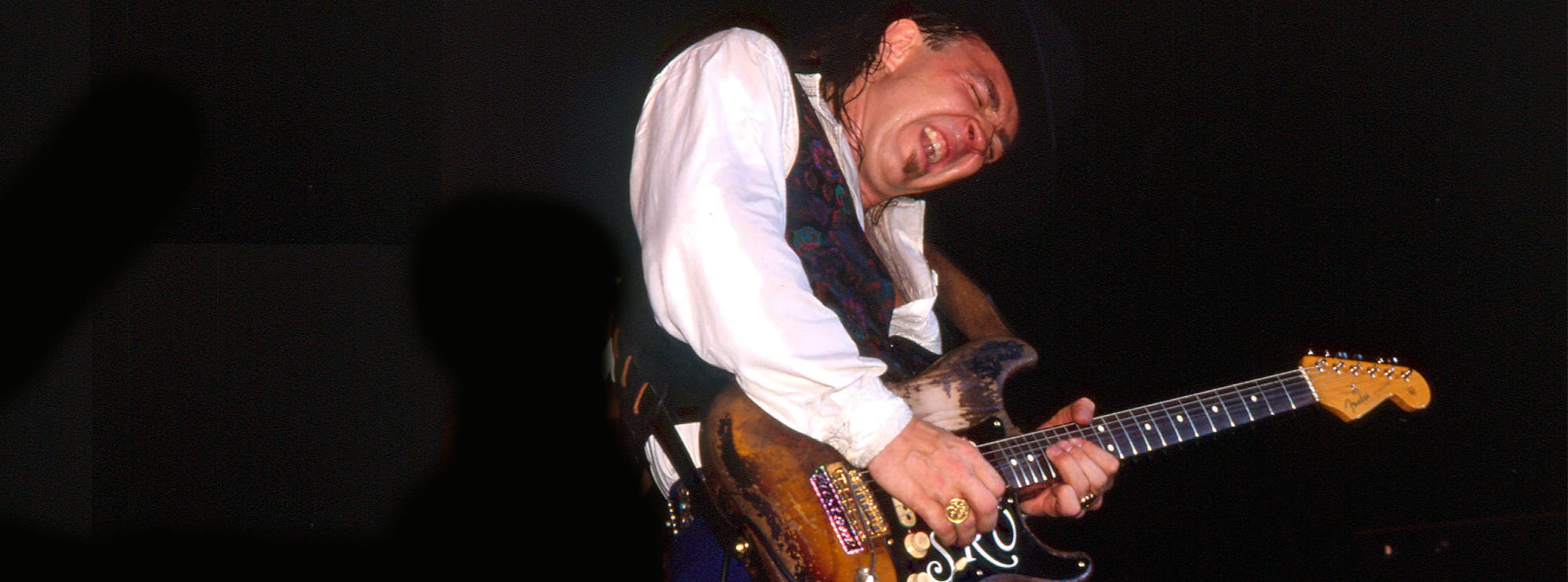Hound Dog – Elvis Presley
Learn how to play Hound Dog by Elvis Presley with Licklibrary’s detailed, note-for-note guitar lesson that breaks down this iconic rock ‘n’ roll track. This lesson isn’t just a tribute to a rock classic — it’s a powerful tool for building your rhythm chops, stylistic authenticity, and technical fluency. Whether you’re a rockabilly fan or just want to expand your vintage guitar vocabulary, this lesson will enhance your skills with timeless techniques used by legends. Lee Hodgson breaks down this classic track in this exclusive Lick Library video tutorial.
Song Overview
Originally recorded in 1956 by Elvis Presley, Hound Dog became a rock ‘n’ roll anthem, known for its raw energy and attitude. The guitar work in this track is a masterclass in early rock rhythm and blues, blending blues progressions with a biting, aggressive feel that set the tone for future rock genres. This Licklibrary lesson breaks down every detail — from the rhythmic drive to the expressive bends — so you can authentically recreate this cornerstone of rock history.
Guitarist Background: Scotty Moore
The lead guitarist on Hound Dog is the legendary Scotty Moore, a pioneering figure in rock guitar. Moore's playing combined country fingerpicking, blues phrasing, and rhythm-driven attack that would become a blueprint for countless rock guitarists. His work with Elvis introduced rockabilly to the mainstream, and his signature blend of rhythmic drive and melodic fills remains influential to this day. Players like Jimmy Page, Keith Richards, and Brian Setzer have all cited Scotty Moore as a major inspiration.
Breakdown of Guitar Techniques in “Hound Dog”
1. Blues-Based Double Stops
One of the defining features of Hound Dog is its use of gritty, blues-infused double stops. These are two-note intervals, often played on adjacent strings, that provide a full, punchy sound ideal for rhythm and lead parts alike. Learning to master these helps you create thicker textures and add a more vocal quality to your licks.
Benefit to learners: Double stops improve your fretboard awareness, control over phrasing, and allow for more expressive rhythm and lead combinations.
2. String Bending
Scotty Moore’s subtle yet effective string bending techniques are critical to the vocal, expressive nature of the guitar lines in Hound Dog. Whether it’s a slight bend to add tension or a more aggressive bluesy push, bends bring emotion to the phrase.
Benefit to learners: Practicing string bends refines pitch accuracy, enhances expression, and gives you control over note dynamics and sustain.
3. Slides
To maintain the groove and add feel to transitions between notes, the lesson explores the use of slides — especially between chord shapes and blues licks. These smooth movements give the solo sections that slinky, seamless quality.
Benefit to learners: Slides increase fluidity in playing and help you connect phrases in a more melodic, vocal manner.
4. Chord Progressions
The foundation of Hound Dog rests on a driving 12-bar blues chord progression. Our lesson not only teaches the progression itself but also shows how to approach it with a rhythmic bite that mirrors the original recording.
Benefit to learners: Mastering 12-bar blues structures is essential for playing in jam settings, composing blues and rock material, and improvising confidently.
5. Palm Muting
Moore’s percussive rhythmic control is made possible through effective palm muting. This technique is used in Hound Dog to add dynamics and emphasise the strong backbeat that drives the song.
Benefit to learners: Palm muting strengthens your rhythm playing, tightens your sound, and teaches how to create dynamic contrast in riffs.
6. Power Chords
While traditional barre and dominant 7th shapes appear in Hound Dog, this lesson also explores the use of simplified power chords for creating a punchier, rock-oriented version of the progression when desired.
Benefit to learners: Power chords are essential for any rhythm guitarist, offering versatility and ease of movement across the fretboard.
Why This Lesson Matters
Studying Hound Dog is more than just learning a great rock song — it’s an education in groove, feel, and phrasing. This lesson trains your ear, develops your rhythmic instincts, and teaches you how to inject your playing with the kind of swagger that defined early rock ‘n’ roll. With Scotty Moore’s techniques as the foundation, you’re building skills that translate across blues, country, rockabilly, and modern rock genres.
By learning Hound Dog through Licklibrary’s detailed breakdown, guitarists can immerse themselves in the roots of rock and develop authentic vintage technique with modern clarity and precision.
Techniques Used in This Lesson

About The Tutor
Tutor Profile
Lee Hodgson
"Lee's contribution here at LickLibrary is a masterclass in classic guitar playing, from Hank Marvin to Simon & Garfunkel, but that certainly isn't the limit of his skills. In reality, Lee is one of the most technically able country guitar players we've ever seen, in fact his book ""Hot Country""...




